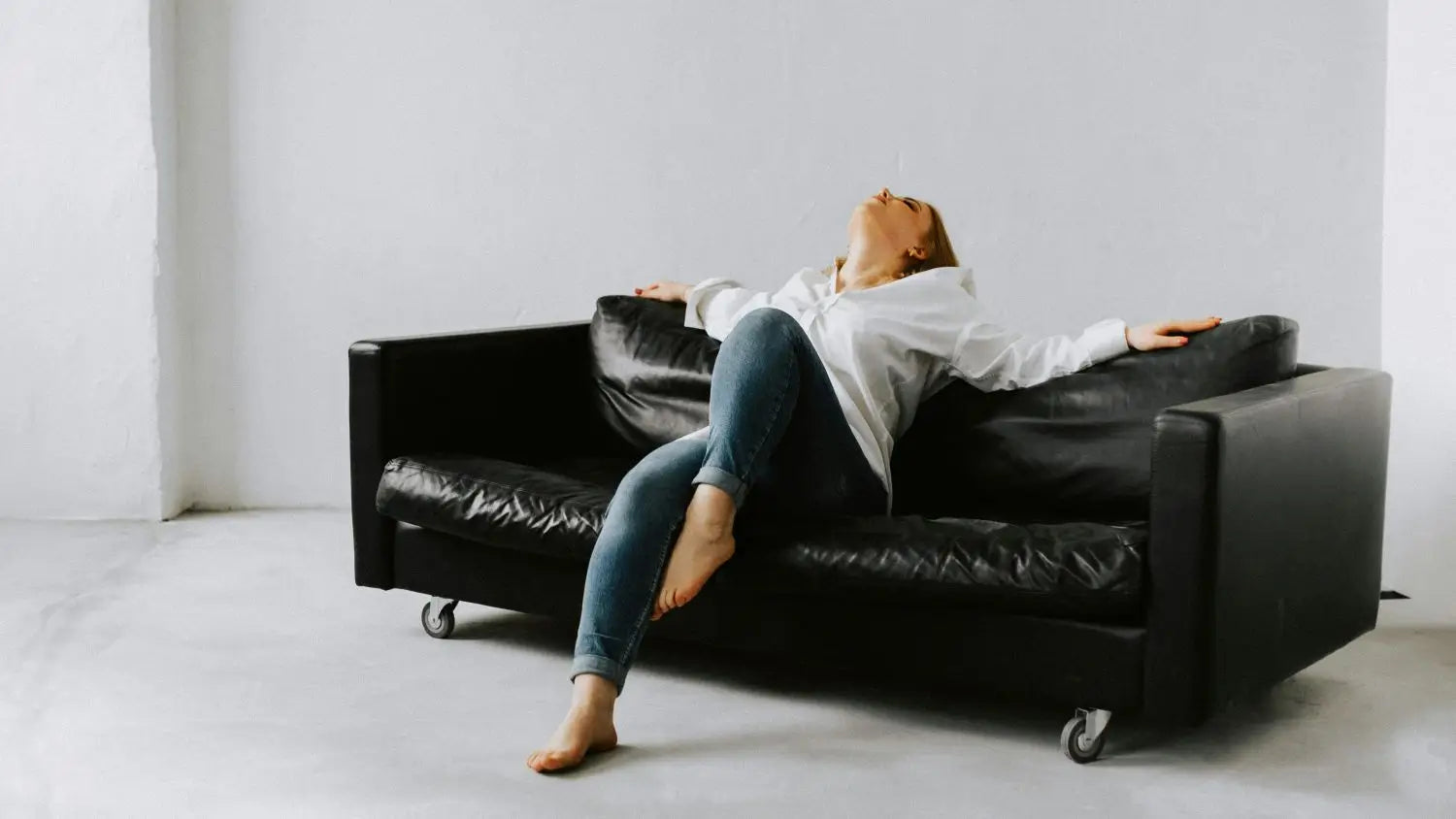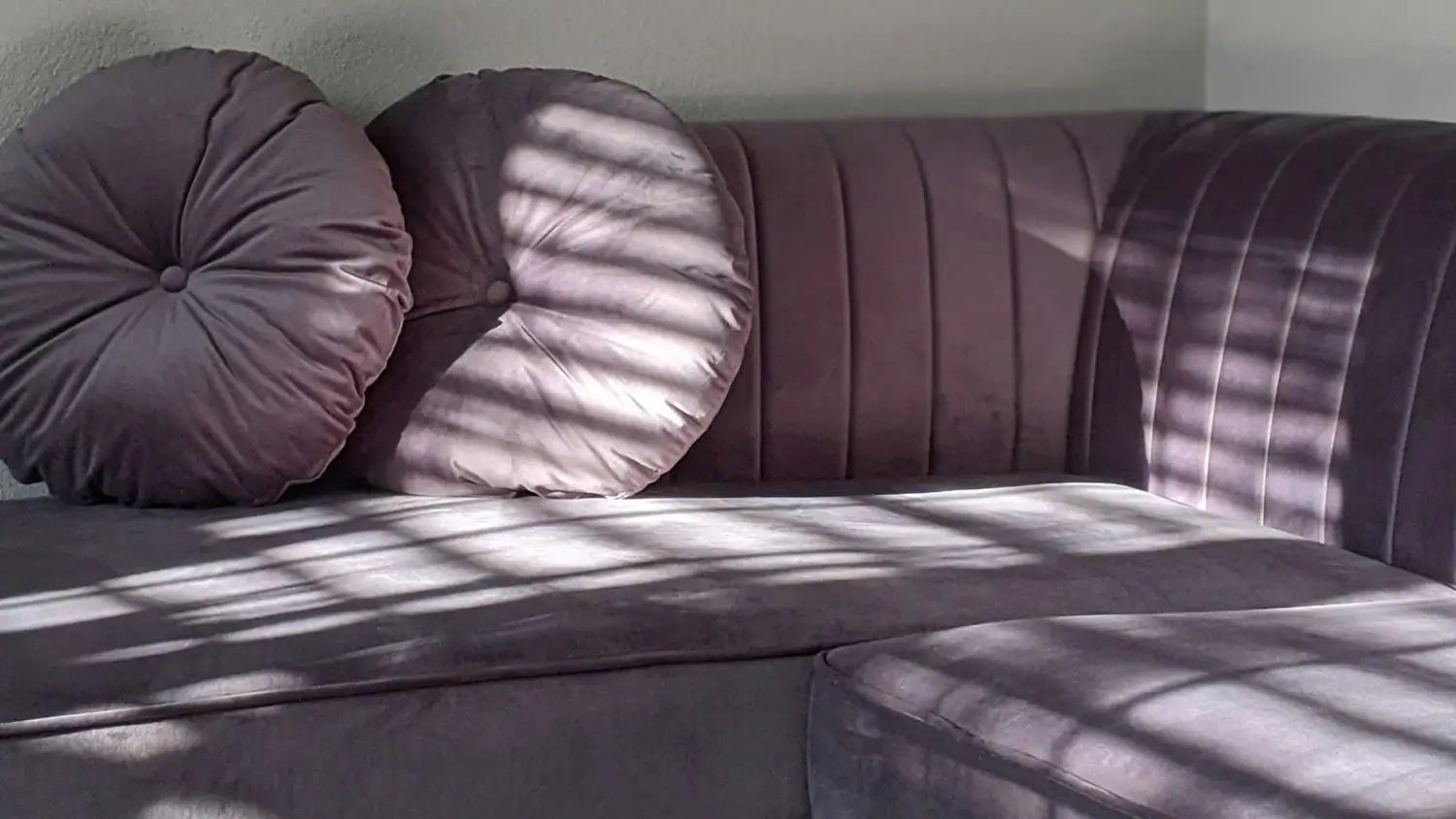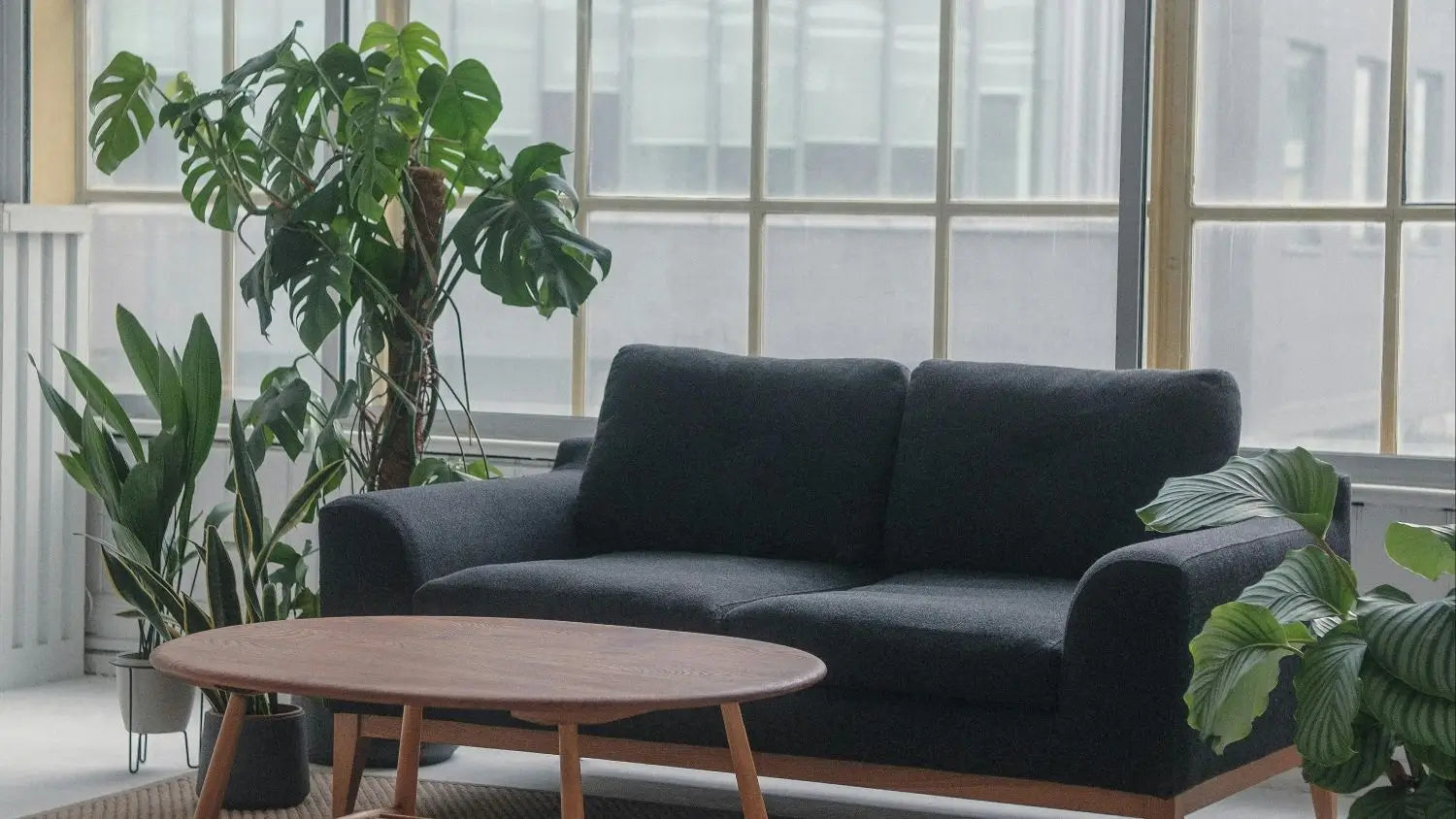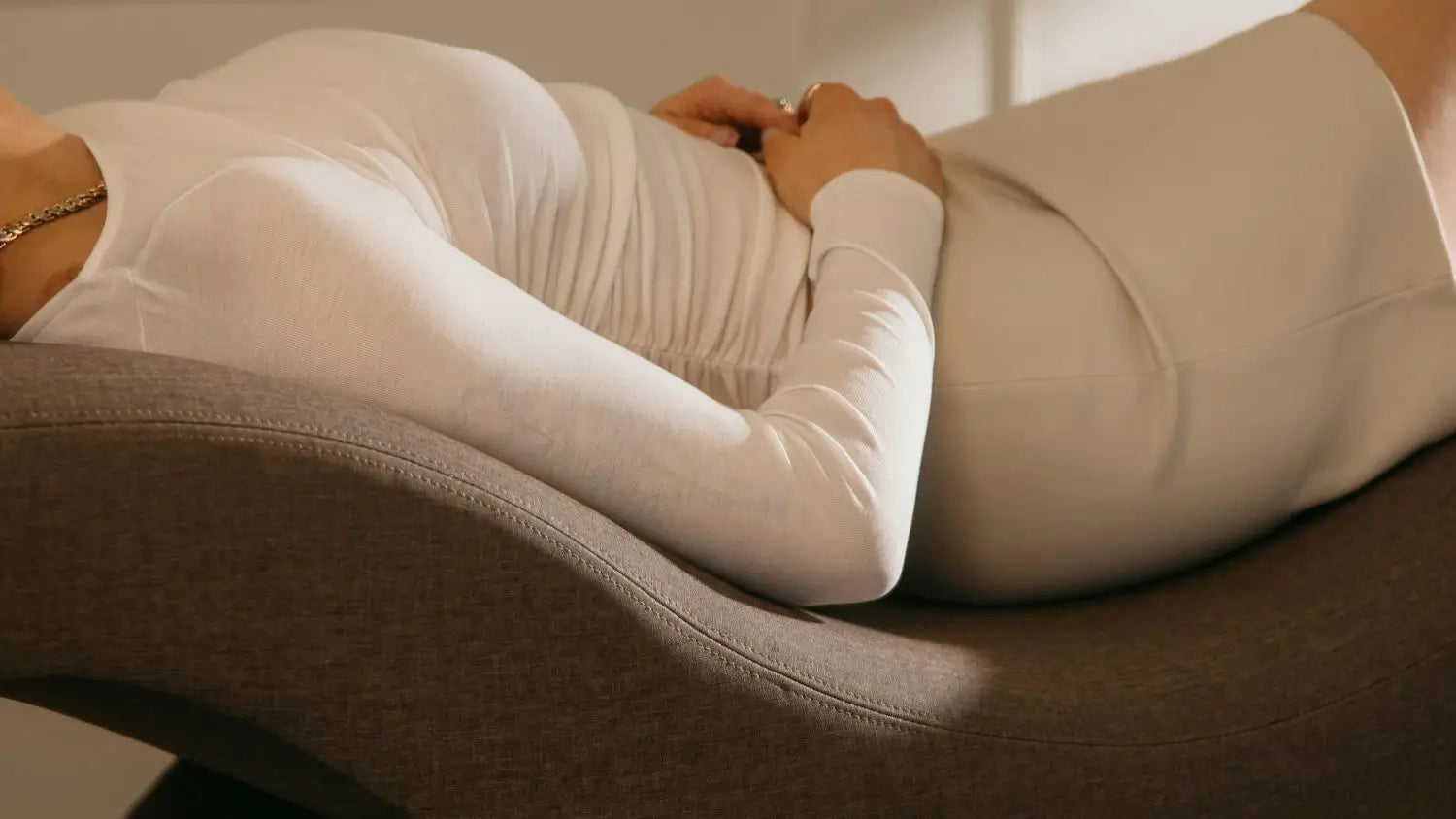At the beginning, you just want to sit on the sofa comfortably to relax, but after a while, you're left with aches and pains. Have you ever experienced this? The answer is the design of sofas. Sitting on a bad design for too long can lead to back pain and fatigue. But an ergonomic sofa not only supports you well but also promotes good posture, allowing you to relax. In this guide, you'll learn what an ergonomic sofa is and how to choose a good one to suit you.
What Is an Ergonomic Sofa?
Defining Ergonomics in Furniture Design
An ergonomics sofa means that you can have a good sitting posture and your body feels relaxed instead of adding pressure to your back or neck, with the depth, height, and cushion of the seat working together
Key Goals of an Ergonomic Sofa
An ergonomic sofa is made to feel good and support you at the same time. It should:
- Support the spine's natural curves
- Reduce pressure on joints and muscles
- Allow for proper blood circulation
- Improve posture and productivity

Key Features of an Ergonomic Sofa
Proper Lumbar Support
When you sit for a long time, your body will feel tired because your back doesn't get well-supported. However, an ergonomic sofa can provide good support for the lower back, maintain the natural curve of the spine, and reduce muscle tension.
Seat Depth and Height
Don't make the seat too deep or too shallow. The ideal seat depth allows your feet to rest flat on the floor while supporting your thighs. So, people of different heights need different seat depths and heights. If you're tall, you might need a deeper and taller seat to support your back and legs. If you're shorter, a shallow seat will help keep your feet flat on the floor.
Backrest Angle and Recline Function
A slight incline of about 100-110 degrees can help rest your back and shoulders when sitting for long periods of time. Some sofas also allow you to change the angle if you prefer to lean back while reading or watching TV.
Cushion Firmness and Material
The medium-firm cushions strike the right balance between comfort and support. They help prevent you from sinking too deep, which could misalign your spine. Memory foam conforms to your body's shape, while high-density foam stretches, both of which provide softness and good support.
Armrest Design
Armrests should support your elbows at a natural angle to avoid shoulder or neck strain. If they're too high or too low, your shoulders may feel strained. Wide armrests give you more room to rest your arms, while narrow armrests save space in smaller spaces.
Sofa Shapes That Support Ergonomic Comfort
L-Shaped and Sectional Sofas
These sections provide support for sitting upright and stretching out. The corners act as lumbar support, while the extended recliner allows you to elevate your legs, which is great for circulation.
Reclining Sofas
Reclining sofas help support your lower back and legs. They allow you to lean back and relieve pressure on your spine. Some recliners are manual, requiring you to pull a lever. Others are motorized and can be adjusted with the push of a button.
Modular Sofas
These customizable shapes can be rearranged to meet individual ergonomic needs, whether you want more back support, a longer seat depth, or a different armrest height.

Best Materials for Ergonomic Comfort
Breathable Upholstery (e.g., cotton, linen)
Fabric plays an important role in comfort. Cotton and linen are good choices because they allow air to pass through. This helps reduce skin irritation and keeps you cool, especially when you're sitting for long periods of time.
Supportive Cushion Fillings
The inside of your seat cushion is just as important as the outside. Memory foam and high-density foam offer a combination of softness and support. They mold to your body but still help you sit upright without sinking too deep.
Frames That Withstand Daily Use
A sturdy frame supports ergonomic cushioning. The durable hardwood or engineered wood frame keeps the sofa structurally stable and prevents uneven support over time.
Who Should Think About Getting an Ergonomic Sofa?
Older adults or people who have trouble moving
Elderly people are physically fragile and have difficulty walking. Ergonomic sofas can help them better support their backs and relieve pain.
People who work from home
If you are used to working on the sofa, an ergonomic sofa is a good choice. It can help you establish a good sitting posture instead of squeezing your back, thus liberating your productivity.
Anyone with body pain or bad posture
If you often have back or neck pain, it may be caused by your improper sitting posture. An ergonomic sofa can help provide support where your body needs it and promote blood circulation.

How to Test an Ergonomic Sofa In-Store
Check your posture
You should sit on the sofa as you would at home, with your feet flat on the ground. A good ergonomic sofa will allow your knees to be at a 90-degree angle. And then, feel whether your hips and back are effectively supported.Feel for pressure points
The seat should provide resistance without sinking completely or feeling like a board. It should comfortably support your weight. Also, feel for any pressure on the cushions that is too strong or uneven.
Try different seating angles
A good ergonomic sofa should be comfortable no matter how you sit. Try sitting sideways, sitting upright, and leaning back, to see how it feels.
Shopping Ergonomic Couches Tips for Online Buyers
Check the size and materials
Please carefully check the width, depth, and height of the sofa. Also, before purchasing, please measure your room, doorway, stairs, and hallway to ensure that your sofa can reach you smoothly. Also, don't forget to read the materials used for the frame, cushions, and fabric. This way, you can understand the softness and firmness of your sofa.
Read real reviews
Please see what others are saying about this sofa. User uploaded pictures can show the product better than brand pictures.
Pick stores with easy returns
Since you can't try out the sofa in person, it's safer to buy it from a store that offers free or easy returns. If the sofa doesn't feel right, you can easily return it and avoid disputes.

Maintenance Tips for Ergonomic Sofas
Keep cushions firm and fluff the padding
Once you sit on a sofa for a long time, the cushions will deform. It is best to sit in different positions to distribute the pressure and reduce the sagging of the cushions. At the same time, rotate the cushions every few weeks. You can also use your hands to loosen the fillings, such as feathers, inside to prevent them from deforming.
Take care of the fabric
Dust, debris, and crumbs can affect hygiene and fabric life.It is best to remove the sofa cover and wash it every few weeks. This will help the sofa look brand new.
FAQs About Ergonomic Sofas
Are ergonomic sofas worth it?
Yes. When you sit on the sofa for a long time, an ergonomic sofa can help you establish a good sitting posture, thus effectively preventing bad habits such as a hunched back.
Can a stylish sofa also be ergonomic?
Absolutely! Some stylish sofas are also ergonomic.
What's the best firmness level for back pain?
Medium firmness is usually best. They provide enough support when you recline on the couch without compressing your spine.
Conclusion
When you sit for long periods of time, choosing an ergonomic sofa can have a significant impact on your health and comfort. Investing in an ergonomic sofa is an investment in your health and comfort.
Explore ergonomic sofas at WJShome and protect your health and improve yout comfort.




